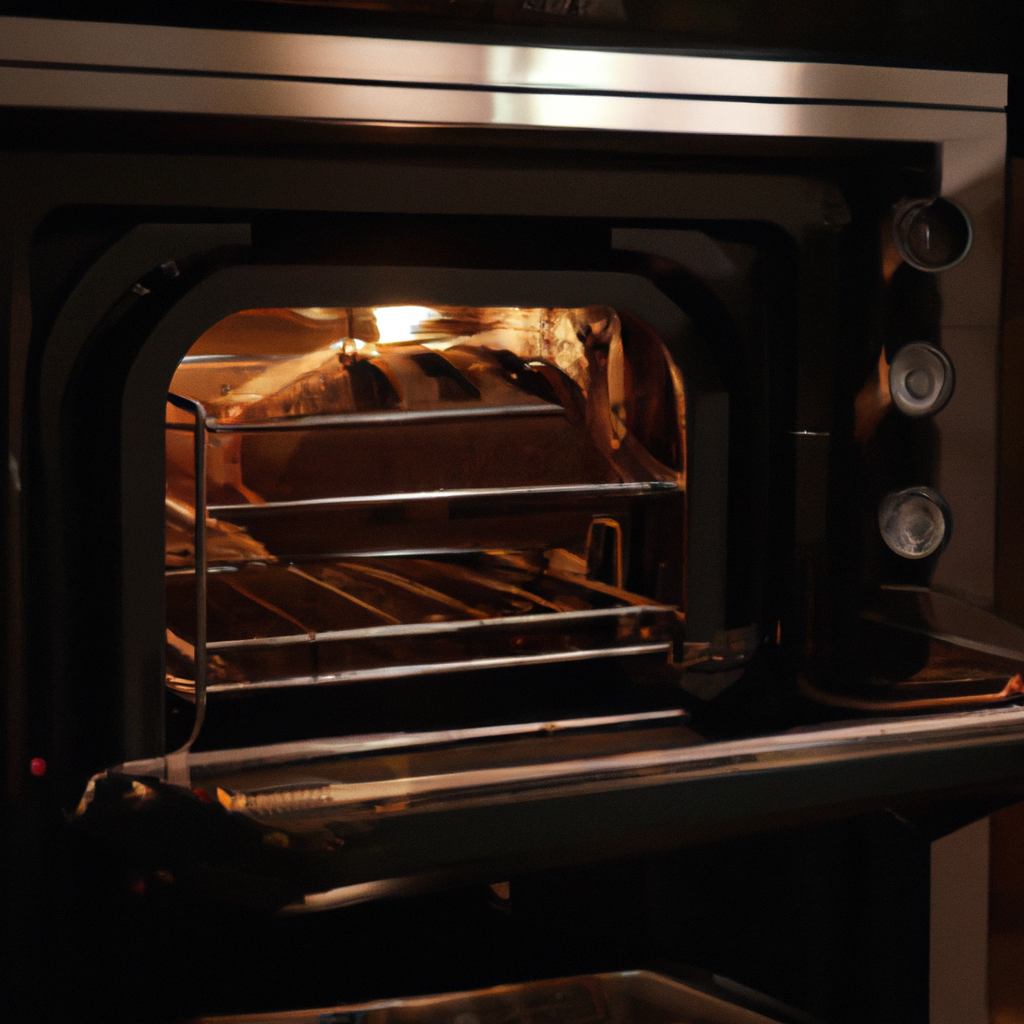An oven is an essential appliance in every kitchen, used for baking, roasting, broiling, and cooking various dishes. Ovens come in different sizes, models, and features, ranging from basic to advanced. But how does an oven work? In this article, we will explore the science behind oven heating, temperature control, and the different parts and features that make ovens efficient and reliable. We will also discuss oven maintenance tips to ensure your oven lasts longer and performs optimally.
How an Oven Works
Ovens work by converting electrical energy into heat energy, which is then used to cook or bake food. The heating source in most ovens is an electric element or gas burner, which is located at the bottom or top of the oven cavity. When you turn on your oven, the heating element or burner heats up, and the temperature inside the oven increases.
Temperature Control
Temperature control is a crucial aspect of oven cooking, as different dishes require different temperatures to cook properly. Most ovens have a thermostat, which is a device that measures the oven’s temperature and adjusts the heating element or burner accordingly. When the oven temperature drops below the set temperature, the thermostat sends a signal to the heating element or burner to turn on and increase the temperature. When the oven temperature reaches the desired level, the thermostat turns off the heating element or burner until the temperature drops again.
Baking and Cooking in an Oven
Baking and cooking in an oven involve placing the food inside the oven cavity and allowing the heat to cook or bake the food. The oven cavity is where the food is placed, and it is usually made of metal or ceramic material. The baking or cooking process involves three types of heat transfer: conduction, convection, and radiation.
Conduction is the transfer of heat from one object to another through direct contact. In an oven, the baking dish or tray conducts heat from the heating element or burner to the food.
Convection is the transfer of heat through a fluid, such as air or water. In an oven, the hot air inside the oven cavity circulates around the food, transferring heat to the food and cooking it evenly.
Radiation is the transfer of heat through electromagnetic waves, such as infrared radiation. In an oven, the heating element or burner emits infrared radiation, which heats up the food and cooks it.
Oven Parts and Features
Ovens have various parts and features that make them efficient and reliable. Some of the essential parts and features of an oven include:
– Heating element or burner: This is the part of the oven that generates heat and cooks the food.
– Thermostat: This is the device that measures the oven’s temperature and adjusts the heating element or burner accordingly.
– Oven light: This is a light bulb that illuminates the oven cavity, allowing you to see the food while it cooks.
– Timer: This is a device that allows you to set the cooking time for your dish, ensuring that it cooks for the desired duration.
– Oven racks: These are shelves inside the oven cavity that allow you to place multiple dishes at different heights, maximizing the oven’s cooking capacity.
– Self-cleaning feature: This is a feature that allows the oven to clean itself, reducing the need for manual cleaning.
Oven Technology
Oven technology has come a long way in recent years, with new features and innovations that make ovens more efficient and convenient. Some of the latest oven technologies include:
– Wi-Fi connectivity: This feature allows you to control your oven remotely using a smartphone app, making it easier to monitor and adjust the cooking process.
– Convection cooking: This technology uses a fan to circulate hot air inside the oven cavity, cooking the food faster and more evenly.
– Induction cooking: This technology uses electromagnetic waves to heat up the cooking vessel directly, rather than the air around it, making it faster and more energy-efficient.
– Touch controls: This feature replaces traditional knobs and dials with touch-sensitive buttons, making it easier to adjust the oven’s settings.
Oven Maintenance
Proper oven maintenance is essential to ensure that your oven lasts longer and performs optimally. Some oven maintenance tips include:
– Clean the oven regularly: Regular cleaning of the oven cavity, racks, and door helps to prevent the buildup of food debris and grime, reducing the risk of fire and improving the oven’s performance.
– Check the oven door seal: The oven door seal prevents heat from escaping and ensures that the oven maintains the desired temperature. Check the seal regularly for signs of wear or damage and replace it if necessary.
– Replace the oven light bulb: If the oven light bulb burns out, replace it immediately to ensure that you can see the food while it cooks.
– Use the self-cleaning feature: If your oven has a self-cleaning feature, use it regularly to reduce the need for manual cleaning and improve the oven’s performance.
Conclusion
In conclusion, an oven is an essential appliance in every kitchen, used for baking, roasting, broiling, and cooking various dishes. Ovens work by converting electrical energy into heat energy, which is then used to cook or bake food. Temperature control is a crucial aspect of oven cooking, and most ovens have a thermostat to regulate the temperature. Ovens have various parts and features that make them efficient and reliable, and new oven technologies continue to emerge. Proper oven maintenance is essential to ensure that your oven lasts longer and performs optimally.







